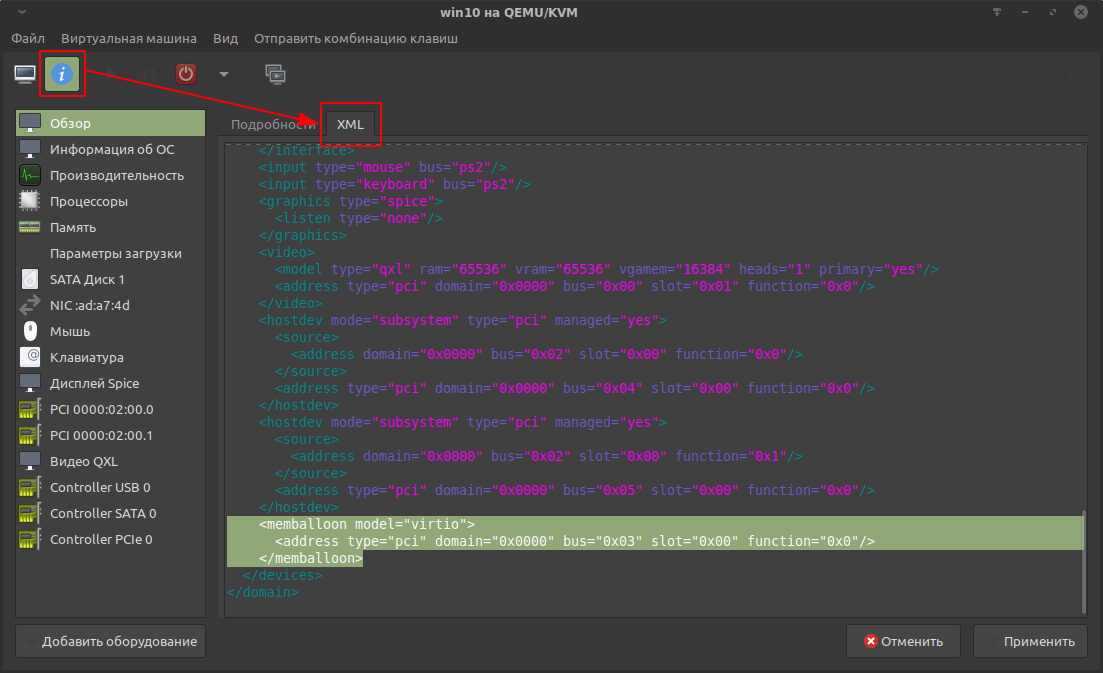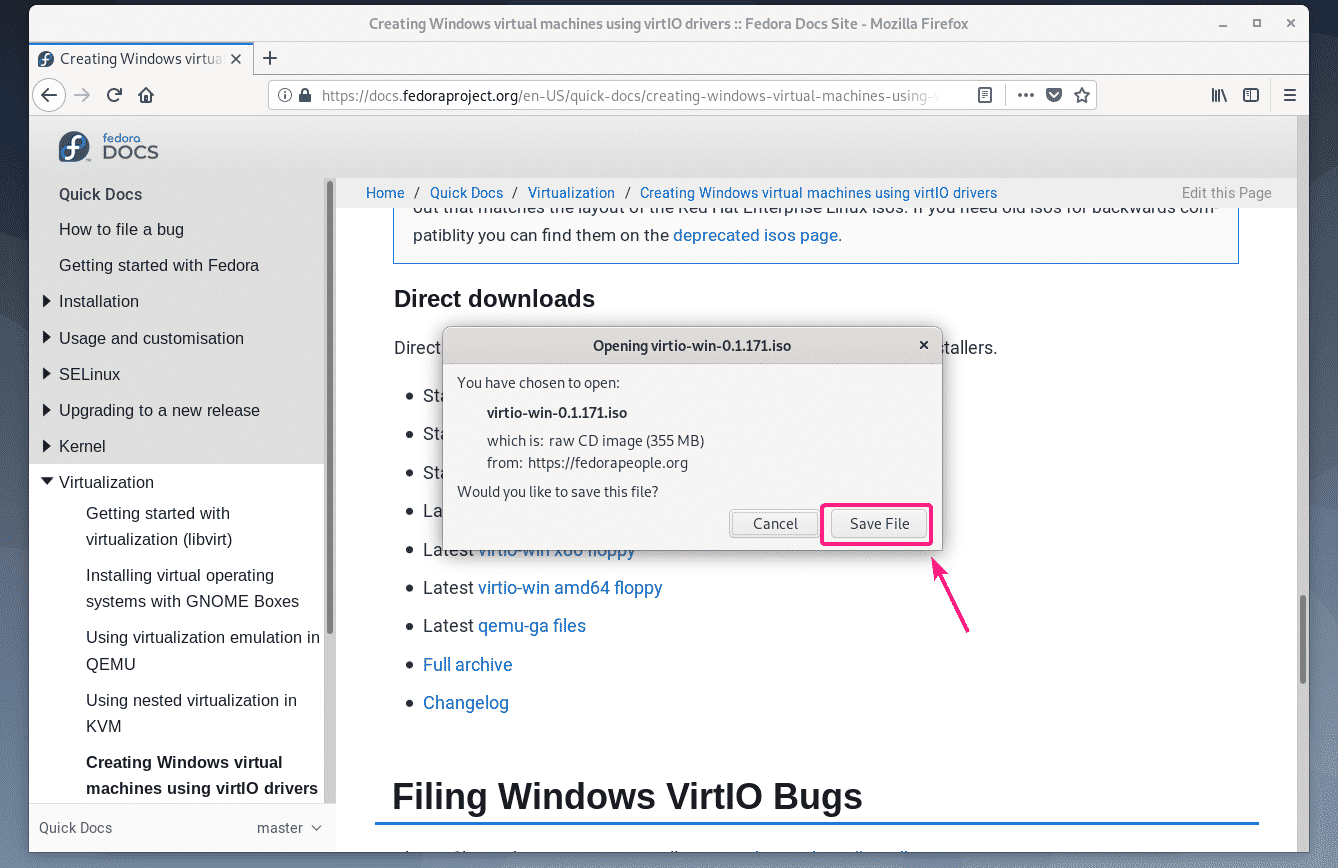

Mesa version 21.1+, configured with meson -Dvulkan-drivers=virtio-experimental.
#Qemu vga virtio win10 install#
Make -j4 qemu-system-x86_64 & make install Then configure and compile it enabling OpenGL, VirGL, GTK (or SDL if you prefer this frontend):


Of course, in order to run something in the guest, you should have QEMU and an image already in place. The following snippets are prefixed by either (host) or (guest) to specify where they should run.
#Qemu vga virtio win10 drivers#
#Qemu vga virtio win10 how to#
This blog post describes how to enable 3D acceleration of Vulkan applications in QEMU through the Venus experimental Vulkan driver for VirtIO-GPU with a local development environment.Īs an alternative you could cherry-pick this commit which contains a set of scripts you could use to set up a Docker development environment. Jump to a section: Overview | Definitions | Prerequisites | Create an image for QEMU | Running QEMU | Testing Venus | Troubleshooting | Conclusions While we are already there with OpenGL, we can not say the same for Vulkan. The VirtIO-GPU virtual GPU device comes into play here, allowing a Guest OS to send graphics commands to it through OpenGL or Vulkan. Being able to accelerate all this by offloading the workload to the hardware can be a great deal. Running graphics applications in a Guest OS can be annoying as they are generally greedy of computing resources, and that can slow you down or give you a bad experience in terms of graphics performance. In this context it is called a Guest OS, as opposed to the one running on real hardware, called Host OS. Clearly a virtual machine, like any real computer, needs an operating system (OS). The benefits of virtualization are countless, from being able to create virtual representation of different machines, to efficiently use the currently available hardware. With virtualization we can create multiple virtual machines over a single physical computer.


 0 kommentar(er)
0 kommentar(er)
